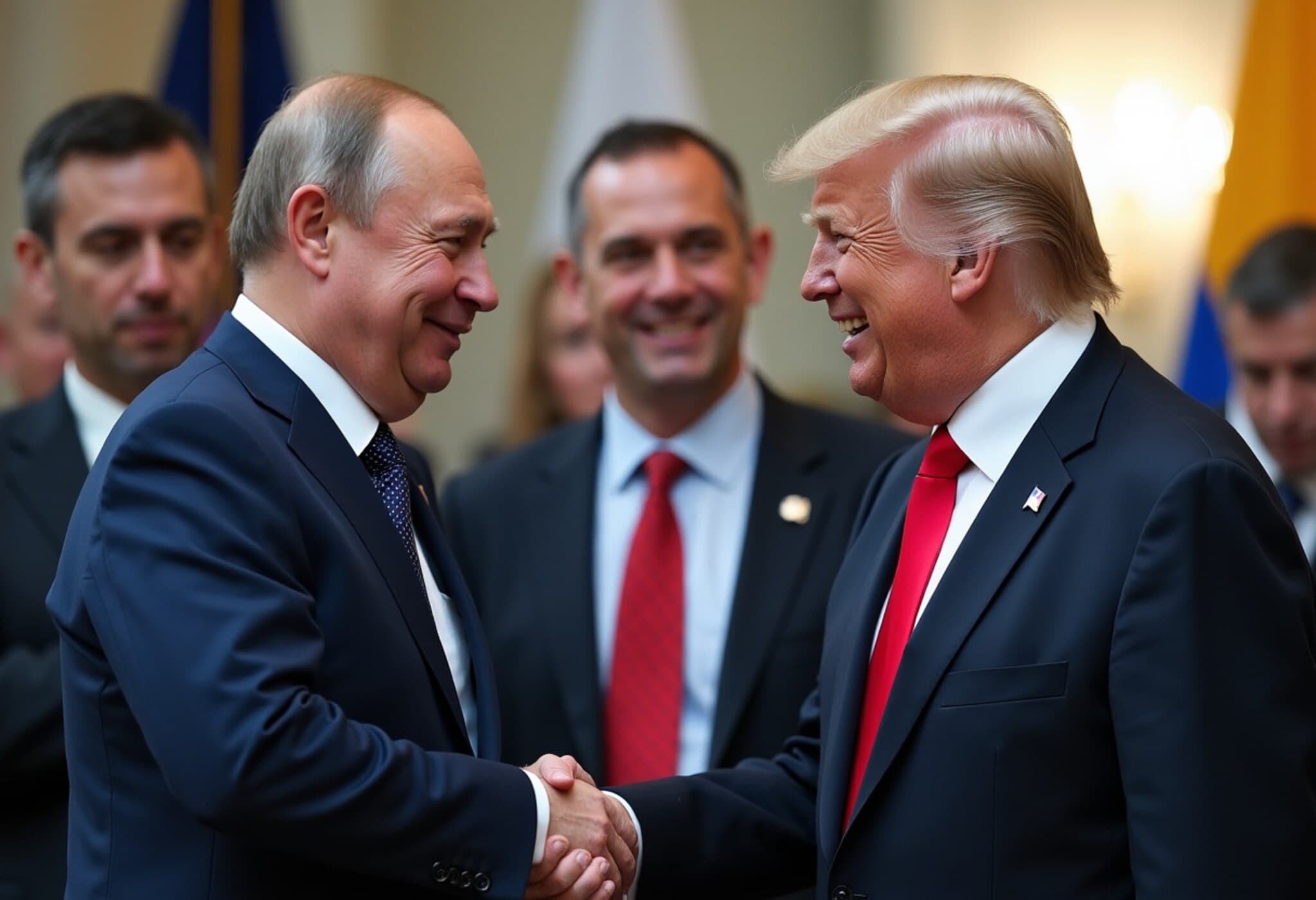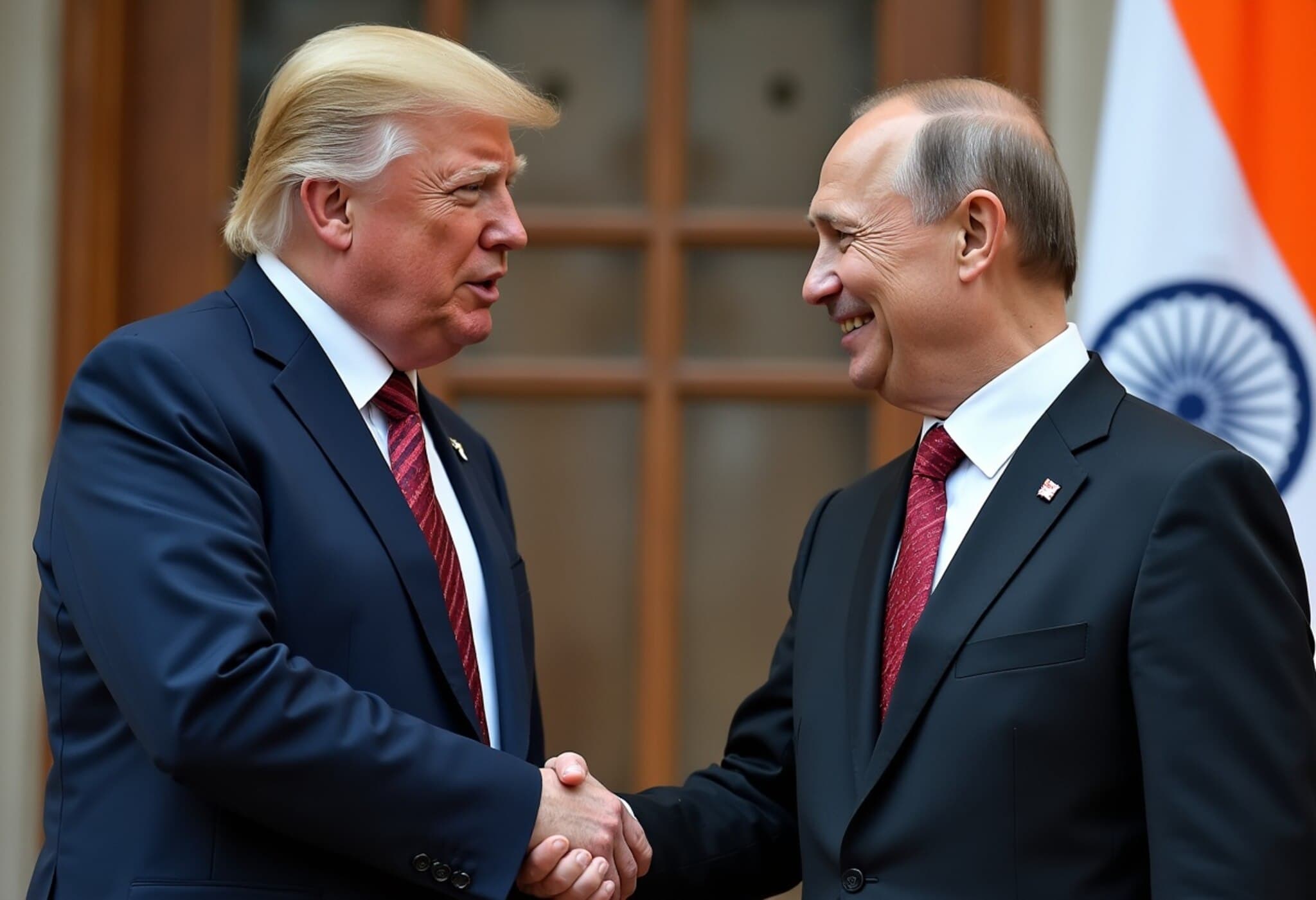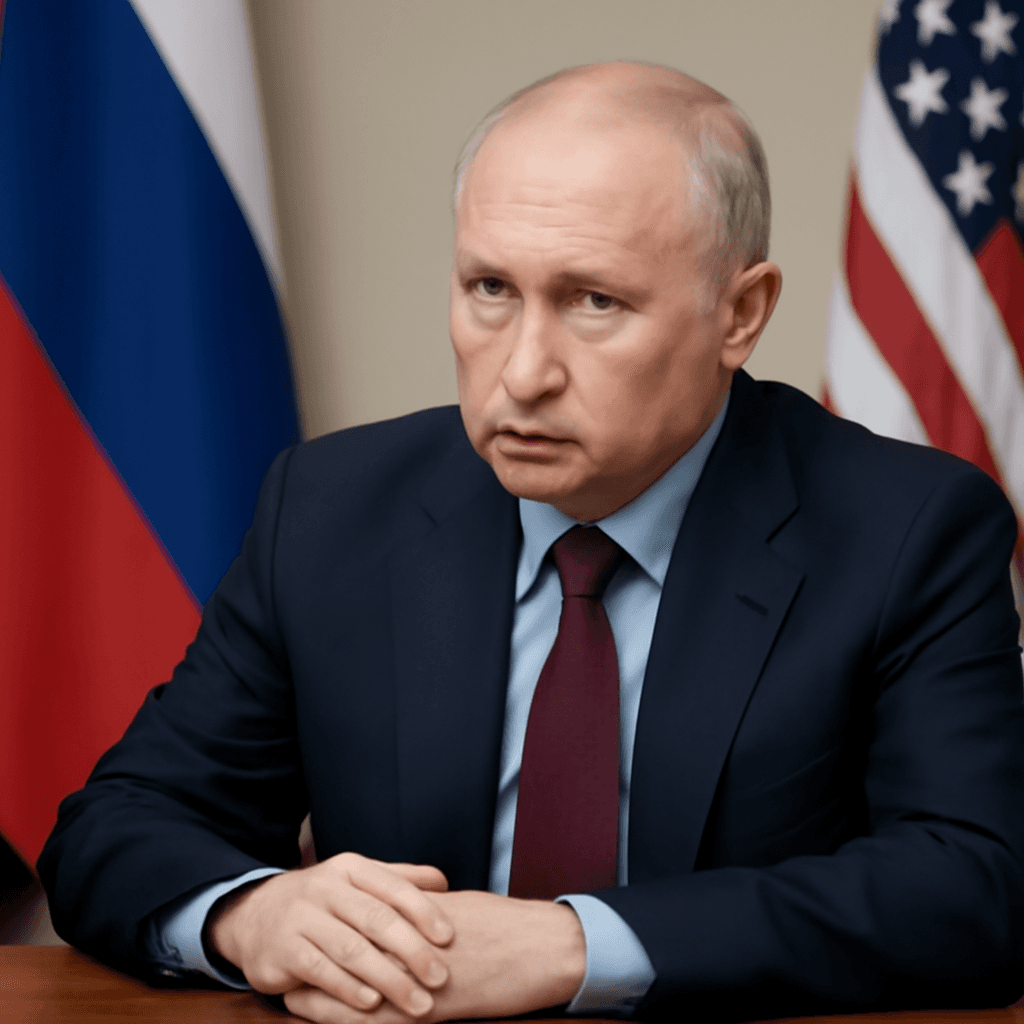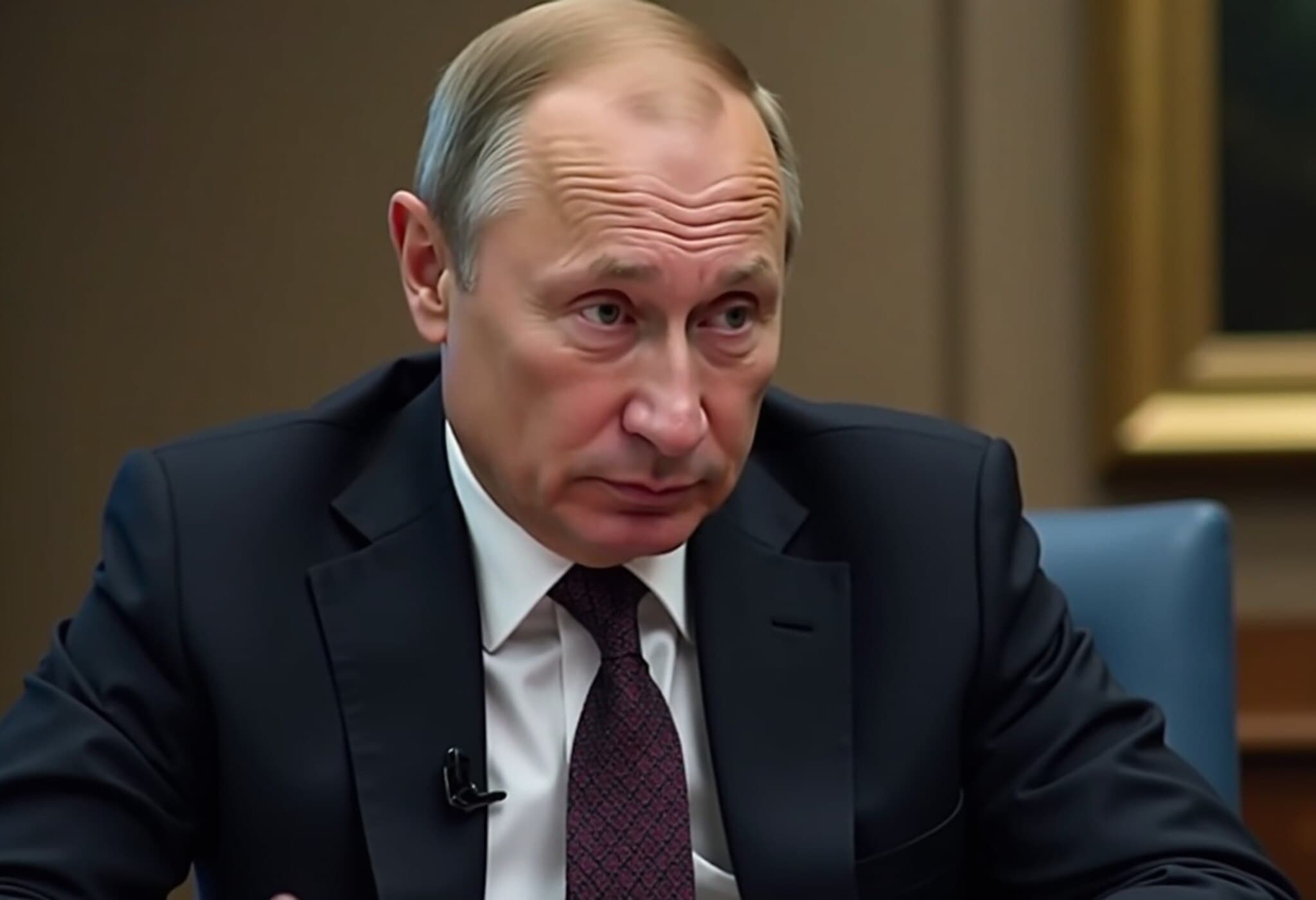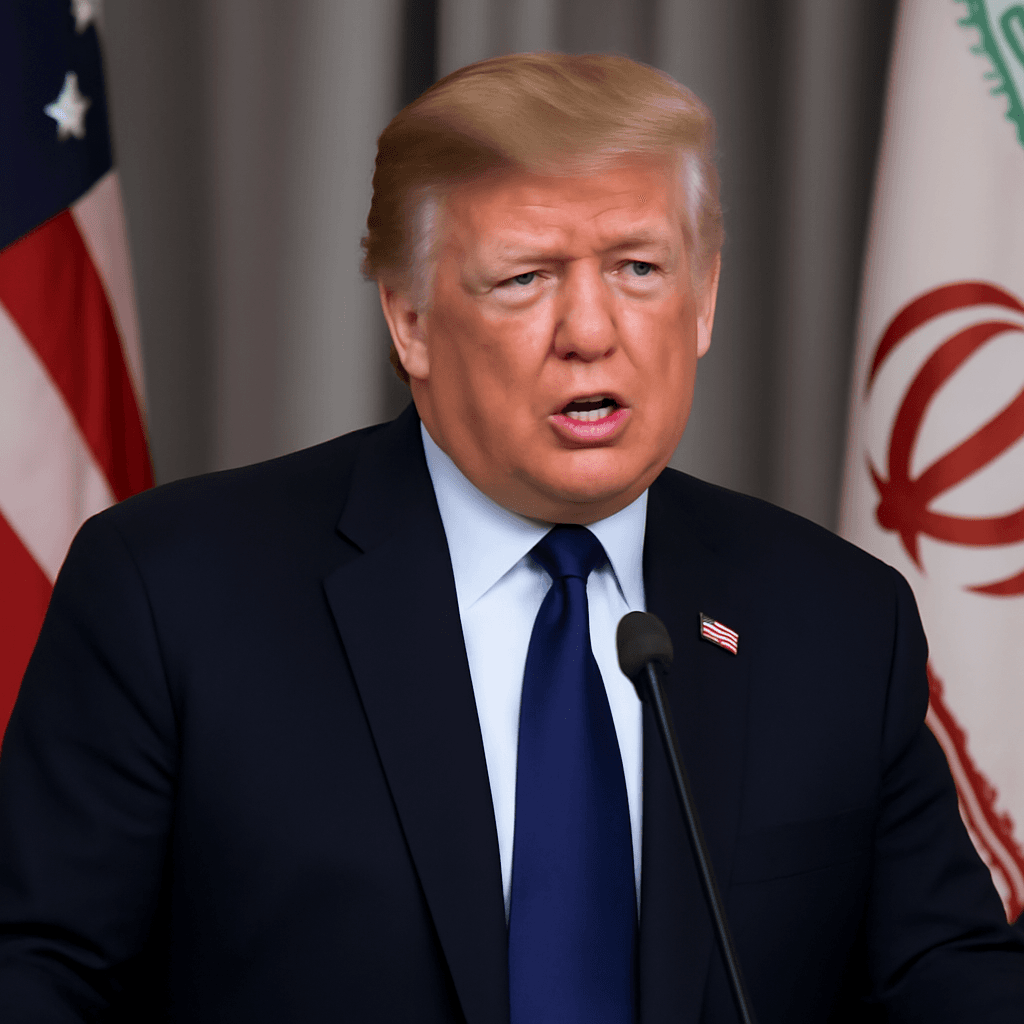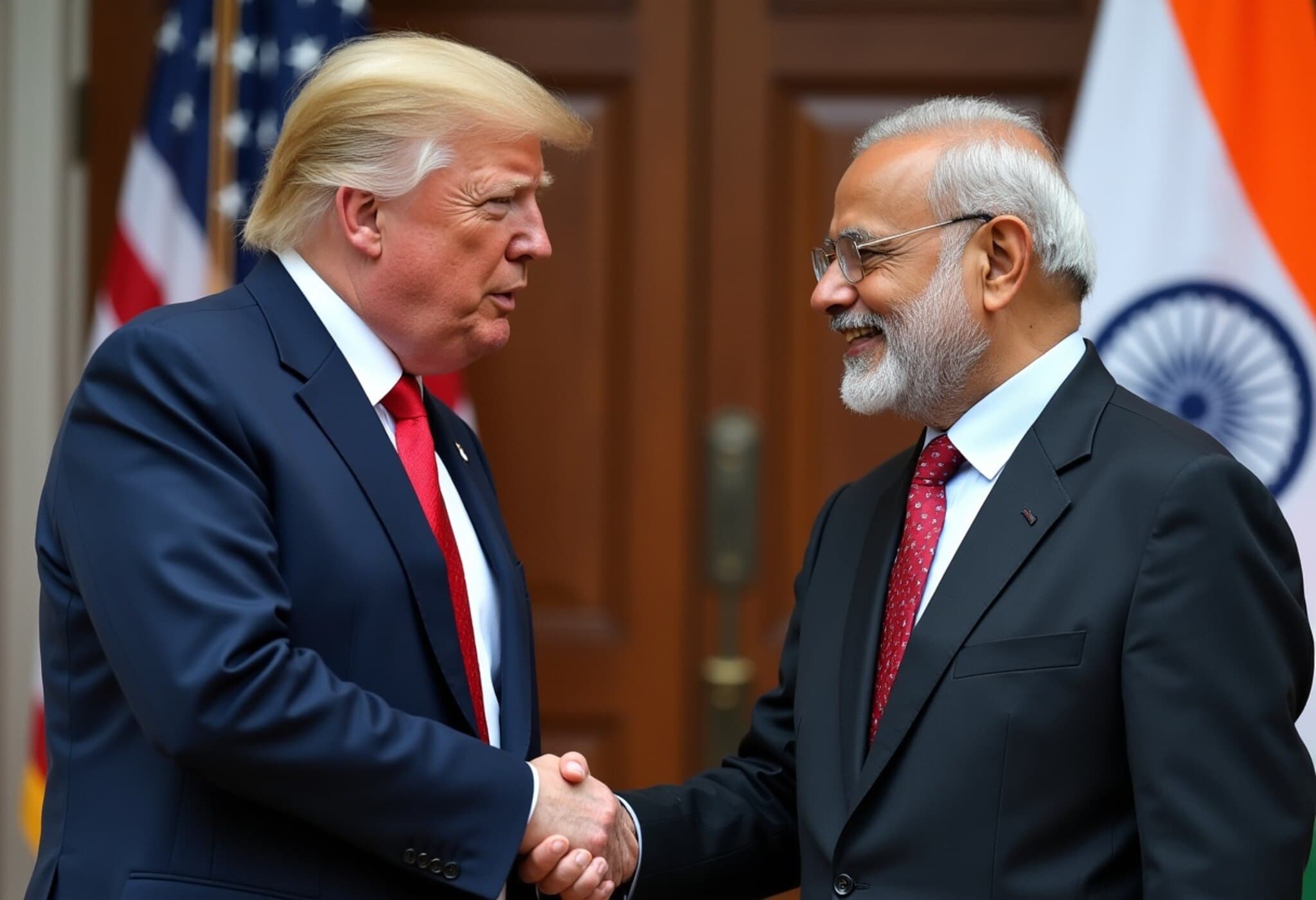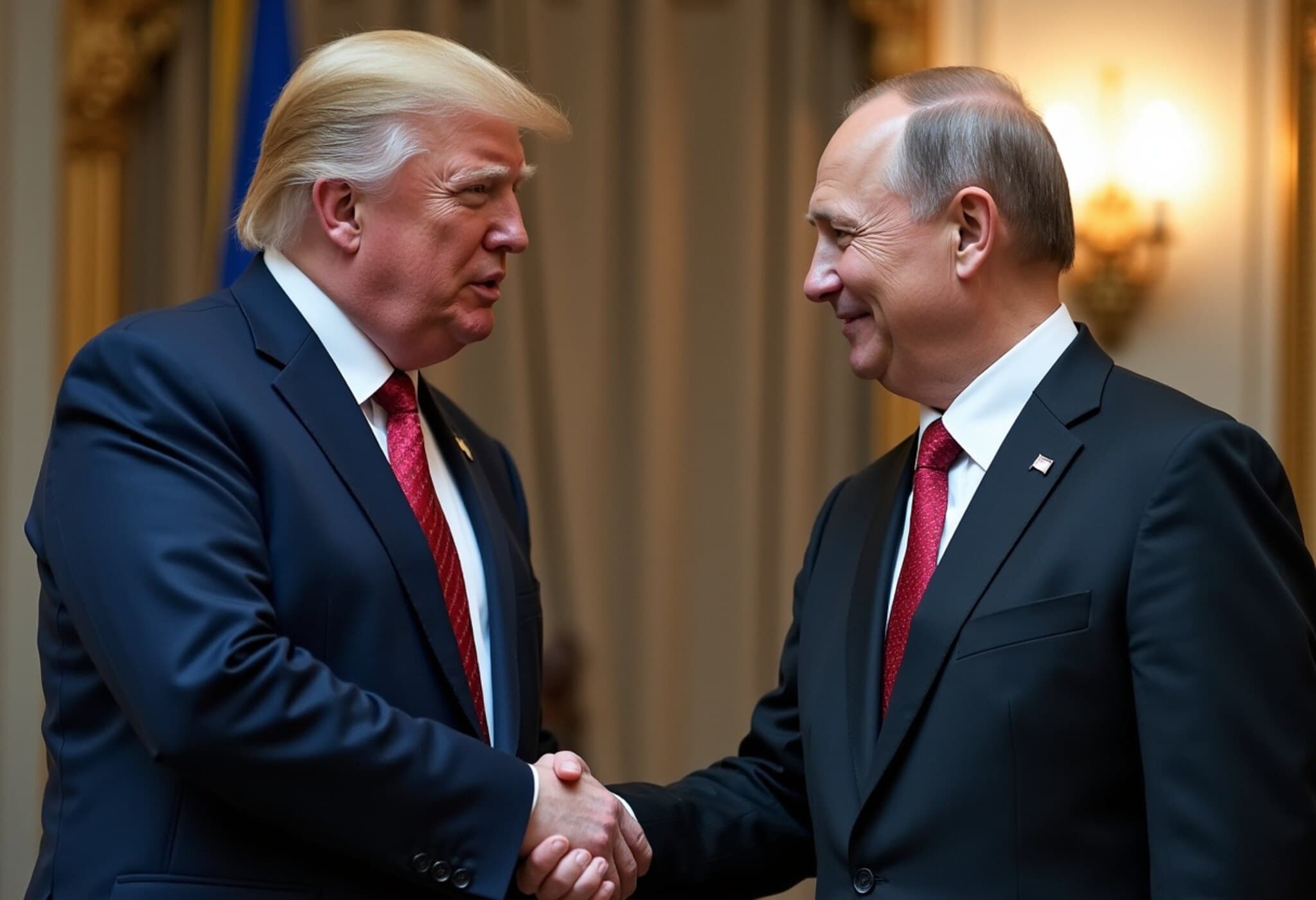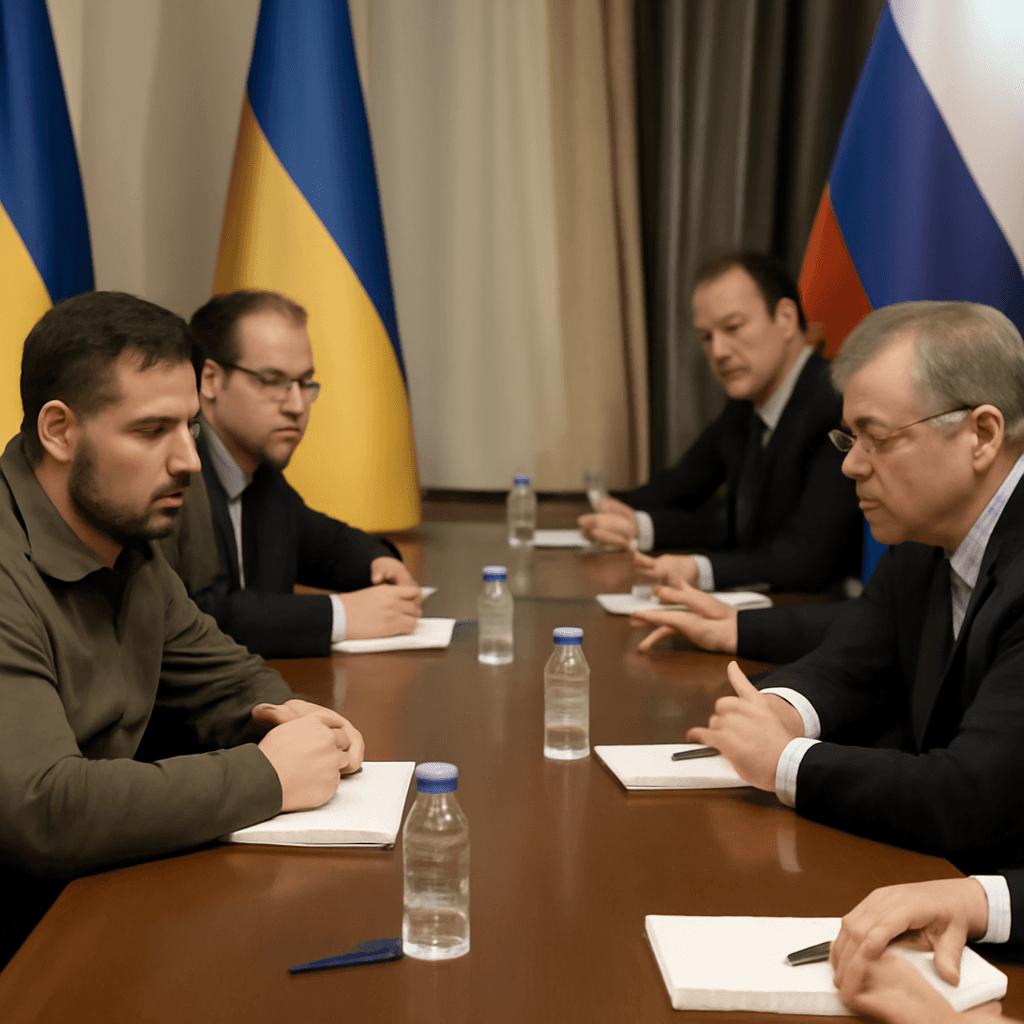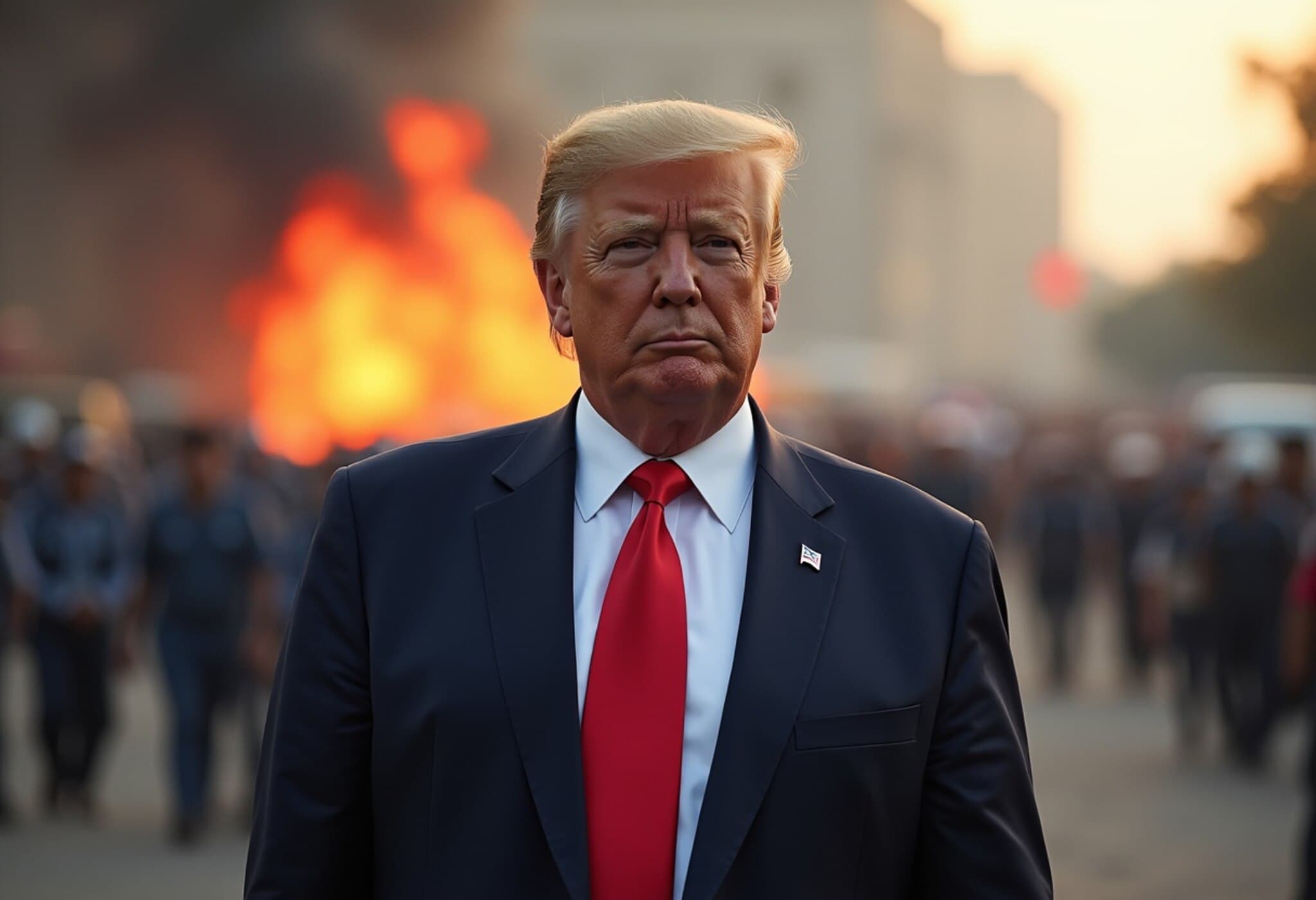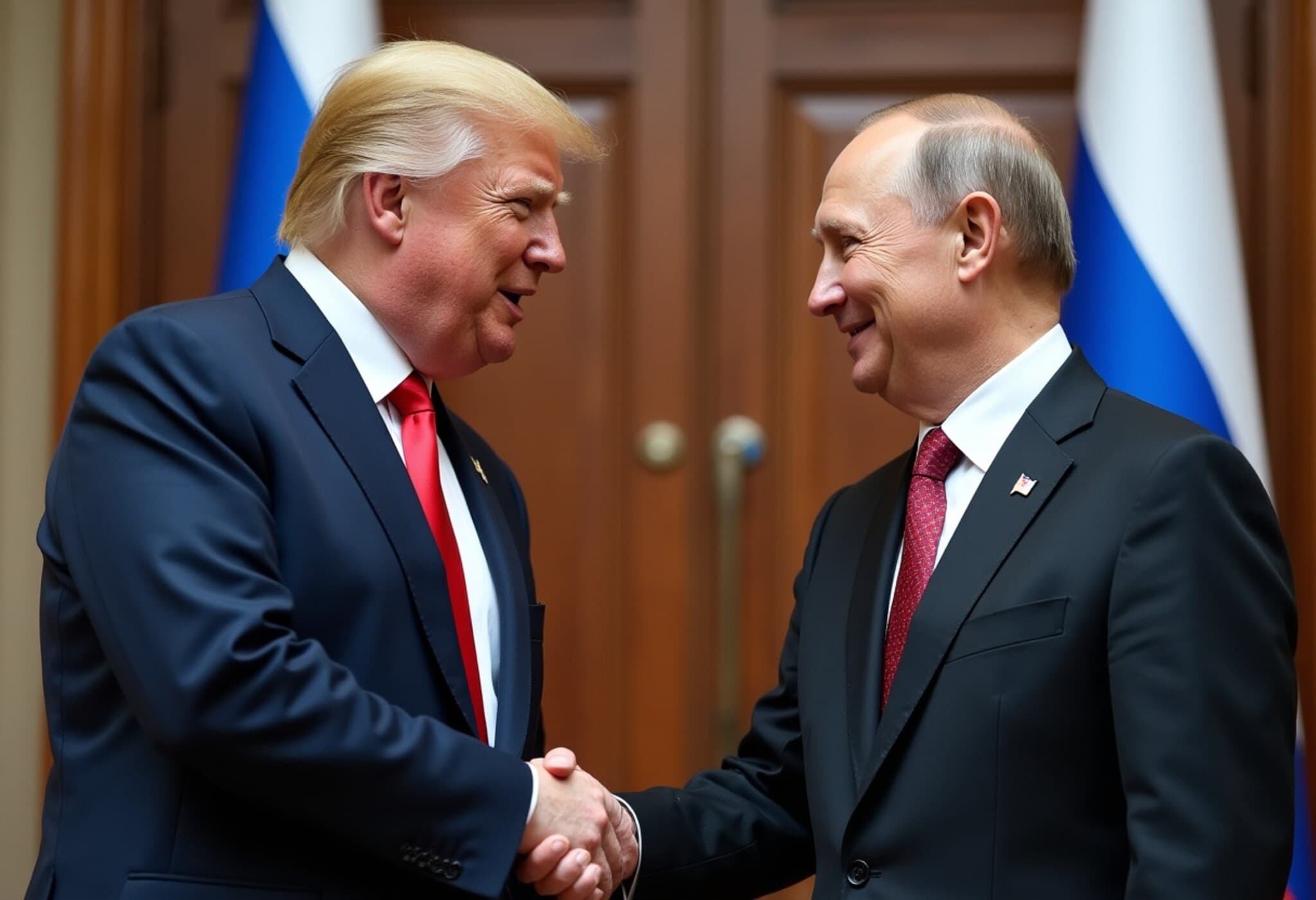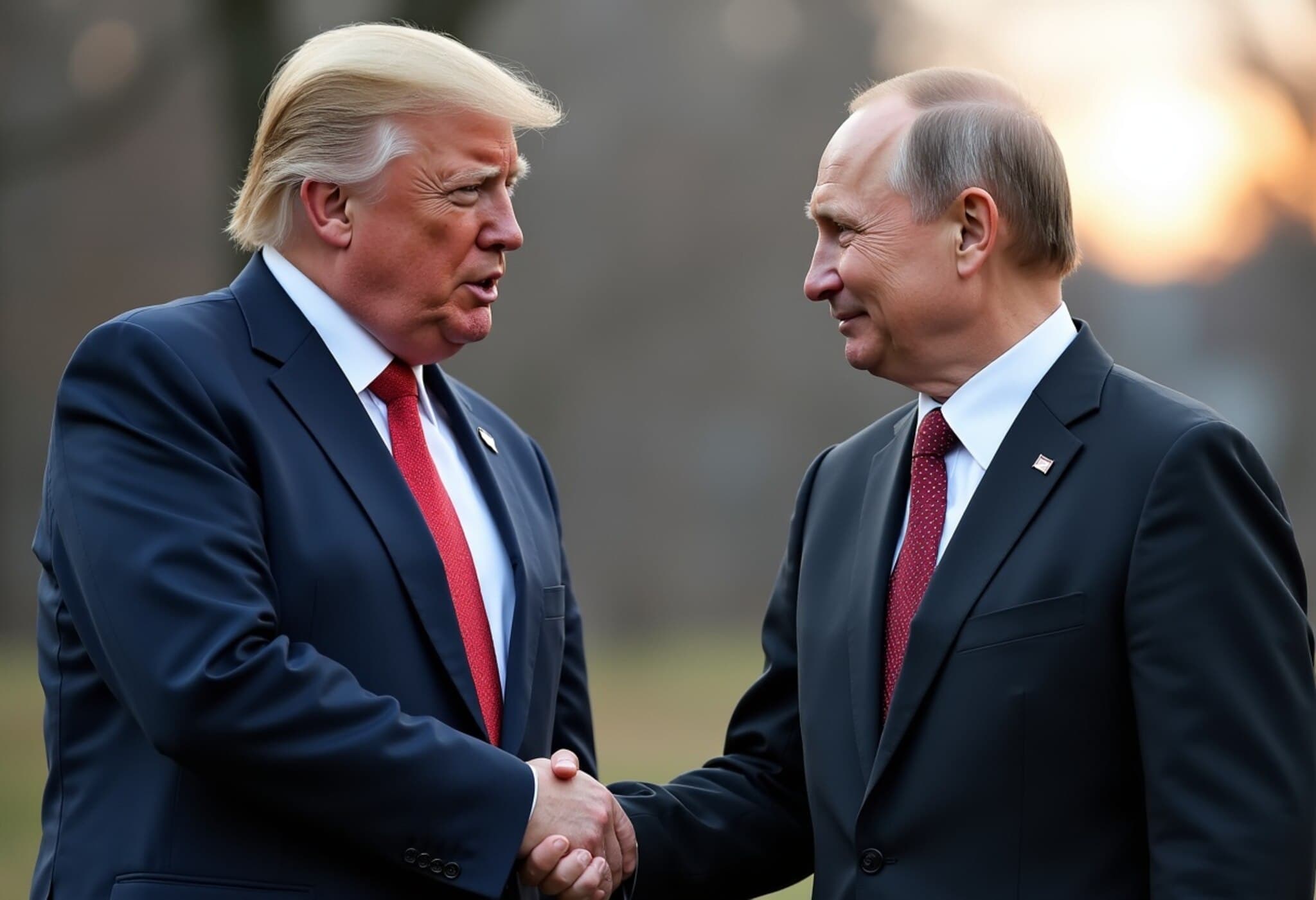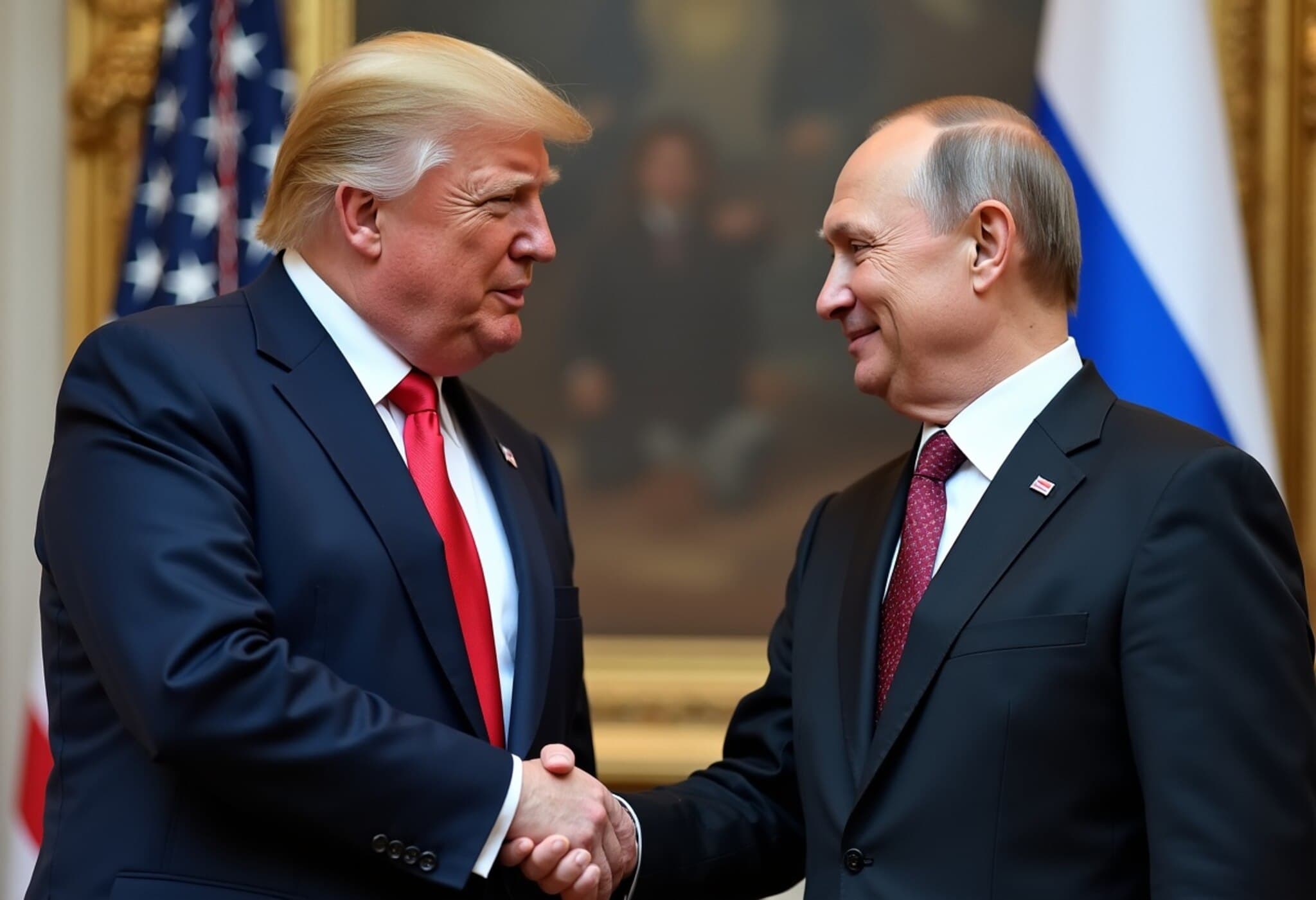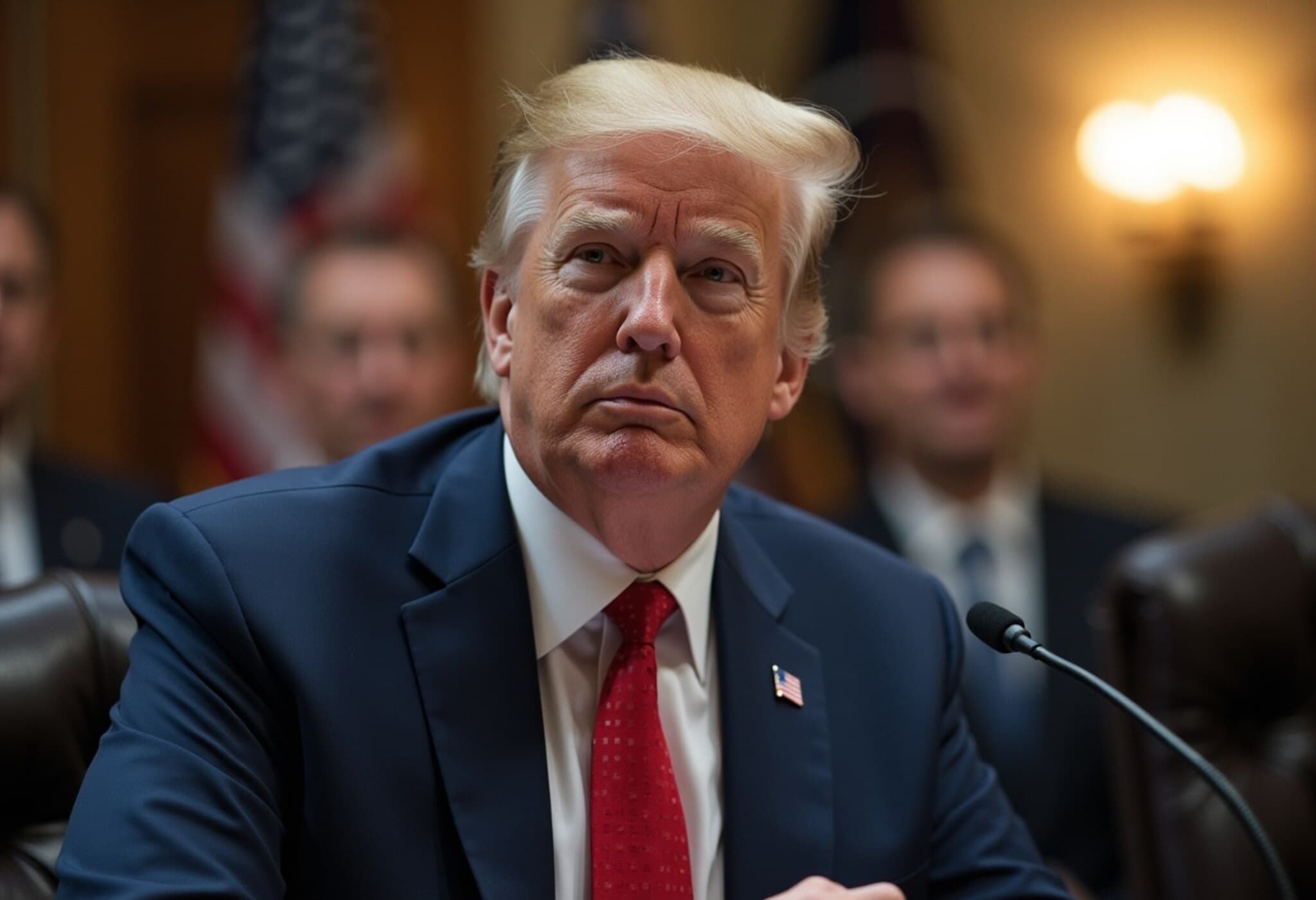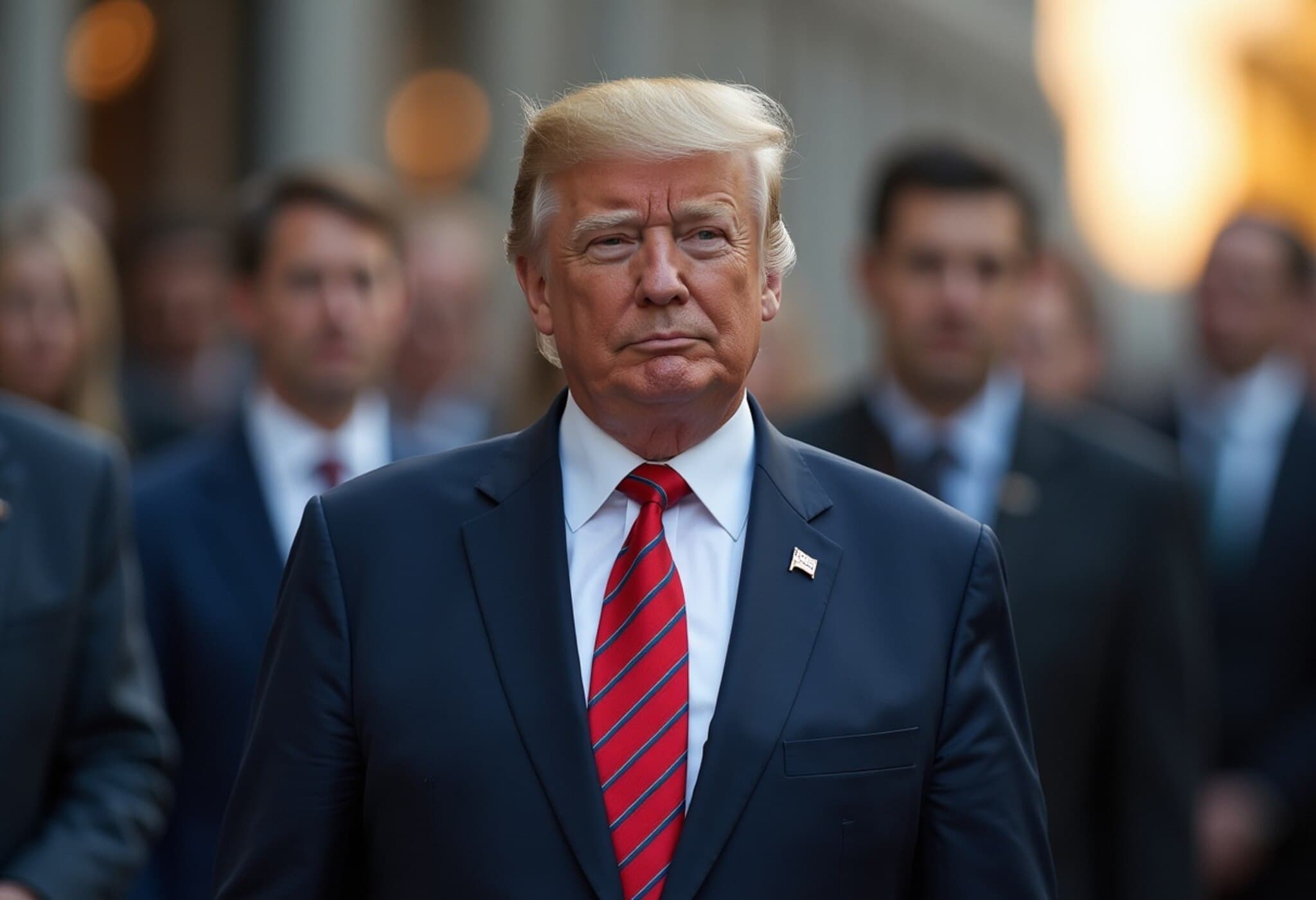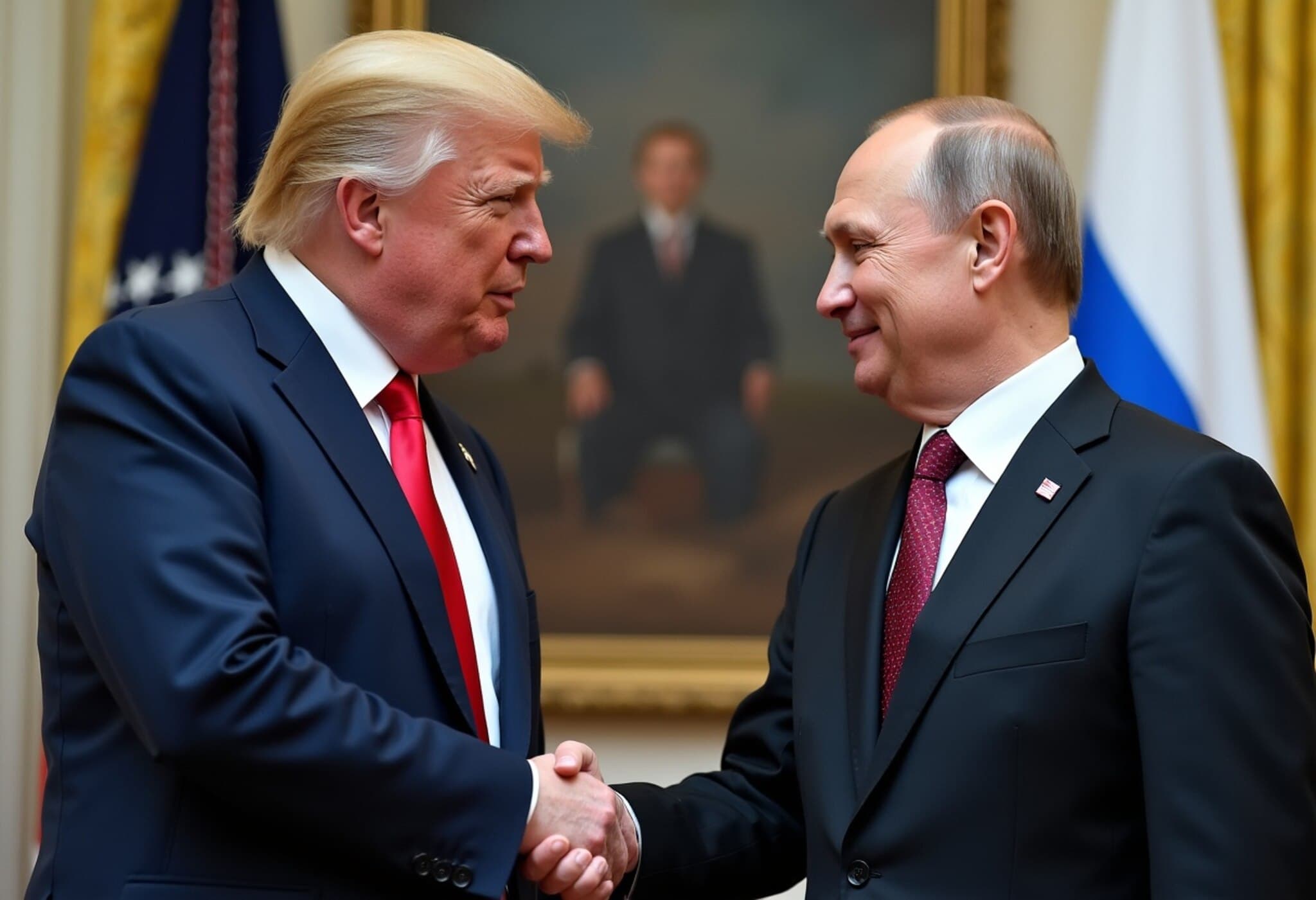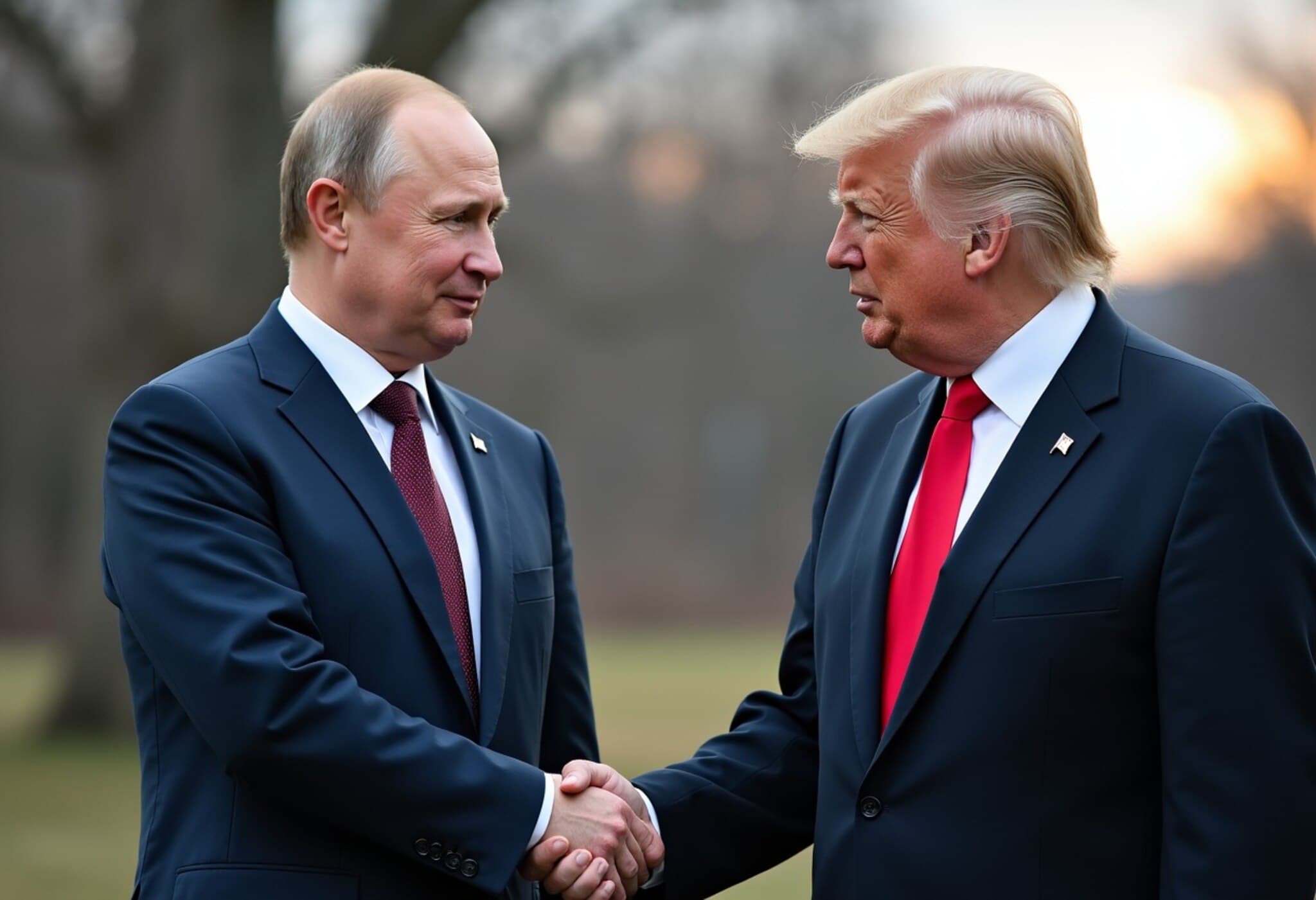Trump-Putin Alaska Summit: A Complex Encounter with Unclear Outcomes
In August 2025, the much-anticipated summit between former President Donald Trump and Russian President Vladimir Putin took place in Anchorage, Alaska. Despite a prolonged 2½-hour private meeting, the public and media were left puzzled by the absence of tangible breakthroughs, particularly regarding the ongoing Ukraine conflict.
Expectations vs. Reality: Missing Ceasefire and Concrete Agreements
Before the meeting, Trump conveyed optimism about achieving “some form of a ceasefire” during his conversation with Fox News’ Bret Baier on the flight to Alaska. However, less than six hours later, Air Force One departed even earlier than scheduled, without any formal ceasefire or concrete peace initiatives. Trump candidly admitted to reporters, “We didn’t get there, but we have a very good chance of getting there.”
The summit’s atmosphere was notably subdued. An initially planned working lunch was canceled, and the ensuing joint press conference lasted barely 12 minutes. Strikingly, President Putin spoke first, filling the role of agenda-setter, while Trump was comparatively reserved and refrained from taking questions—an uncommon dynamic that left observers questioning the meeting’s substantive value.
What Vladimir Putin Secured: A Diplomatic Win Without Concessions
For Putin, the Alaska summit represented a diplomatic victory on multiple fronts. Despite facing an international arrest warrant by more than 120 countries, he arrived on American soil, received a formal welcoming handshake from a major U.S. political figure, and even rode in the presidential limousine. This symbolic thaw in relations lent Russia an elevated global stature without requiring any meaningful compromises beyond superficial commitments toward peace.
The key tangible benefit for Putin was the validation and normalization of Russia's posture on the world stage. Moreover, he publicly agreed with Trump's recurrent assertion that if Trump had been president during Russia’s initial invasion of Ukraine, the conflict would not have erupted—offering Trump a notable sound bite that could be leveraged politically.Trump’s Perspective: Playing the Long Game or Overly Optimistic?
Trump framed the summit as an exploratory “listening” session aimed at gauging Putin’s sincerity regarding peace efforts. He emphasized the meeting as groundwork “setting the table” for a future engagement involving Ukraine’s President Volodymyr Zelensky and European leaders. Indeed, omitting Zelensky and Europe from this high-profile discussion drew criticism, raising questions about the summit’s comprehensiveness and strategic planning.
Nonetheless, critics argue that Putin could have demonstrated more good faith—such as proposing a temporary ceasefire, agreeing to meet Zelensky directly, or pledging to return Ukrainian children reportedly abducted by Russia. That none of these actions materialized highlights the summit’s limited immediate impact.
Regional and Policy Implications: What Lies Ahead for Ukraine and U.S. Diplomacy?
The absence of Ukrainian inclusion and European partnership is especially noteworthy given the complex geopolitics at play in Eastern Europe. The United States and its allies have supported Ukraine both militarily and diplomatically to counter Russian aggression. Thus, the summit’s narrow scope risks undermining that coalition and feeding Russian narratives about U.S. unilateralism and disengagement.
Senator Lisa Murkowski of Alaska, known for occasionally diverging from Trump’s views, expressed cautious optimism about the references to future meetings that would include Ukraine, signaling hope for more inclusive diplomacy going forward.
At the close of the press conference, Putin suggested that the next summit could be held in Moscow—an invitation Trump noted could provoke domestic backlash but did not entirely dismiss.
Expert Commentary: Between Symbolism and Substance
Expert analysts emphasize that summits convened quickly and without settled agendas often serve more as symbolic gestures than results-oriented negotiations. This meeting reinforced Putin’s narrative of engagement without swapping meaningful concessions, while Trump’s approach reflected a blend of political theater and tentative diplomacy.
Moreover, the meeting underscores the growing complexities faced by U.S. policymakers. Trump’s post-summit admission that resolving the Russia-Ukraine conflict is “more difficult than [he] thought” points to the entrenched challenges of mediating one of today’s most intractable conflicts.
Summary Box: Key Takeaways from the Trump-Putin Alaska Summit
- No ceasefire or concrete peace agreement emerged despite high initial hopes.
- Putin gained symbolic diplomatic legitimacy and visibility on U.S. soil.
- Trump secured a political sound bite aligning with his narrative about preventing the Ukraine war.
- Exclusion of Ukrainian leadership and Europe highlighted diplomatic shortcomings of the summit format.
- Cautious optimism remains for future, more inclusive negotiations involving Ukraine.
Editor’s Note
The Alaska summit between Trump and Putin reveals the complicated dance of diplomacy amid ongoing geopolitical tension. While the meeting delivered potent imagery of renewed engagement, substantive progress on the Ukraine conflict remained elusive. For observers, the event raises pressing questions: Can U.S. leadership balance symbolism with strategic outcomes? Will future summits include all stakeholders crucial to durable peace? And importantly, might this encounter signal a thaw in U.S.-Russia relations, or simply a fleeting diplomatic photo op? As this story unfolds, the broader international community will be watching keenly.

